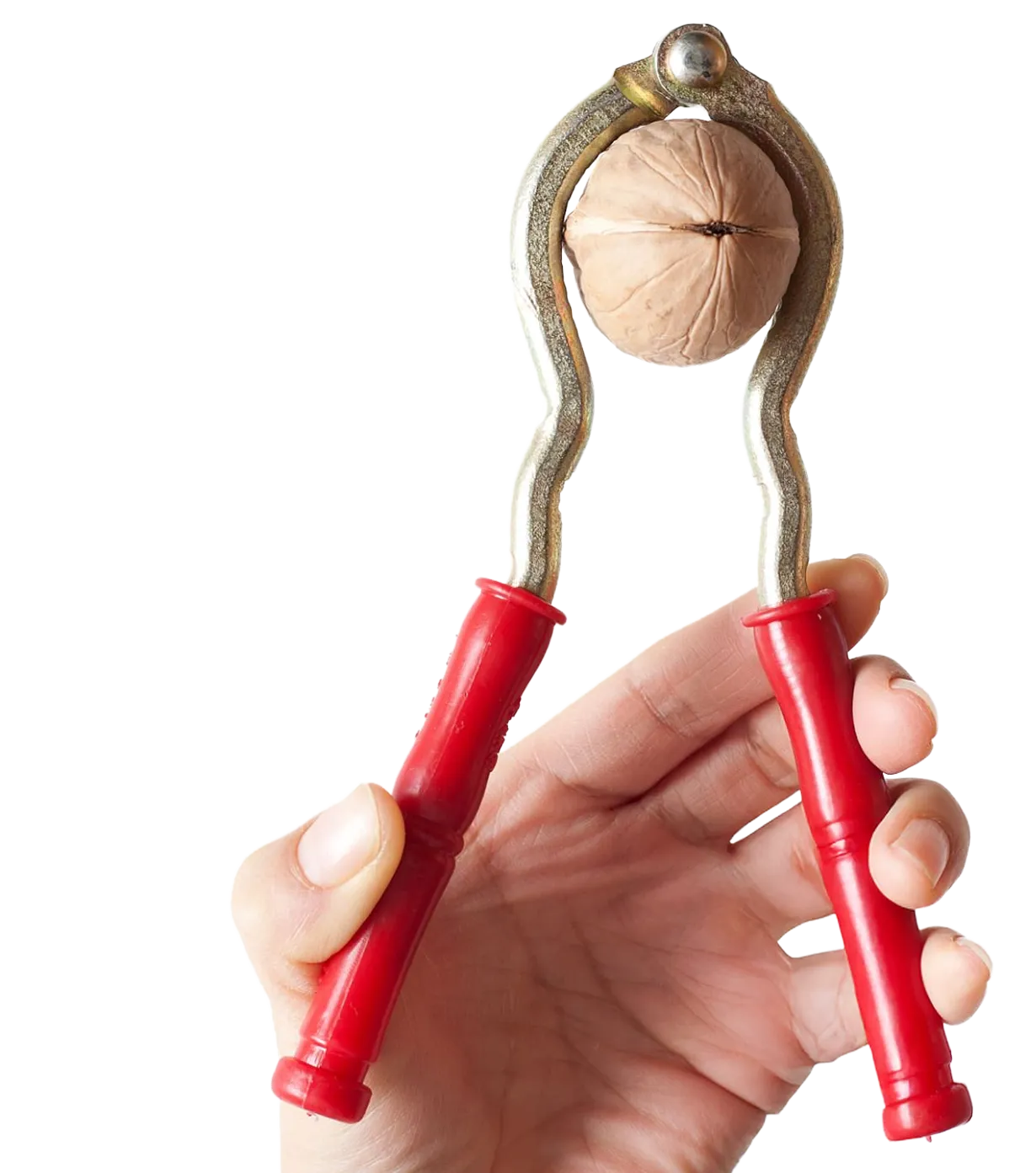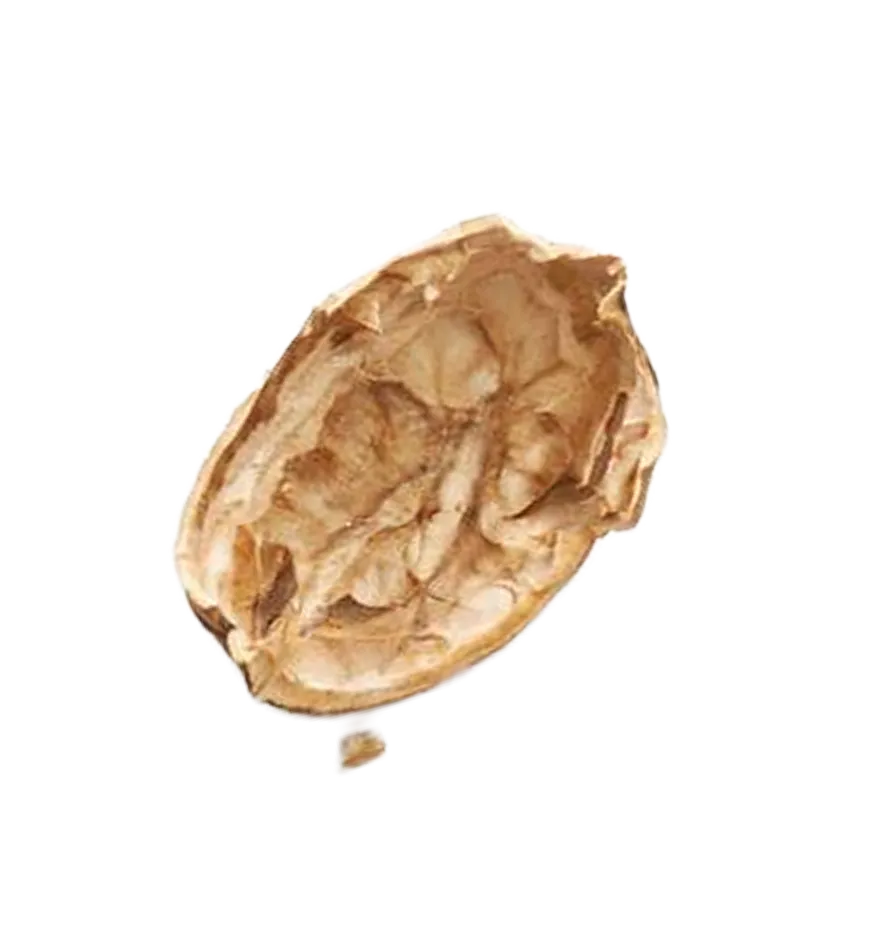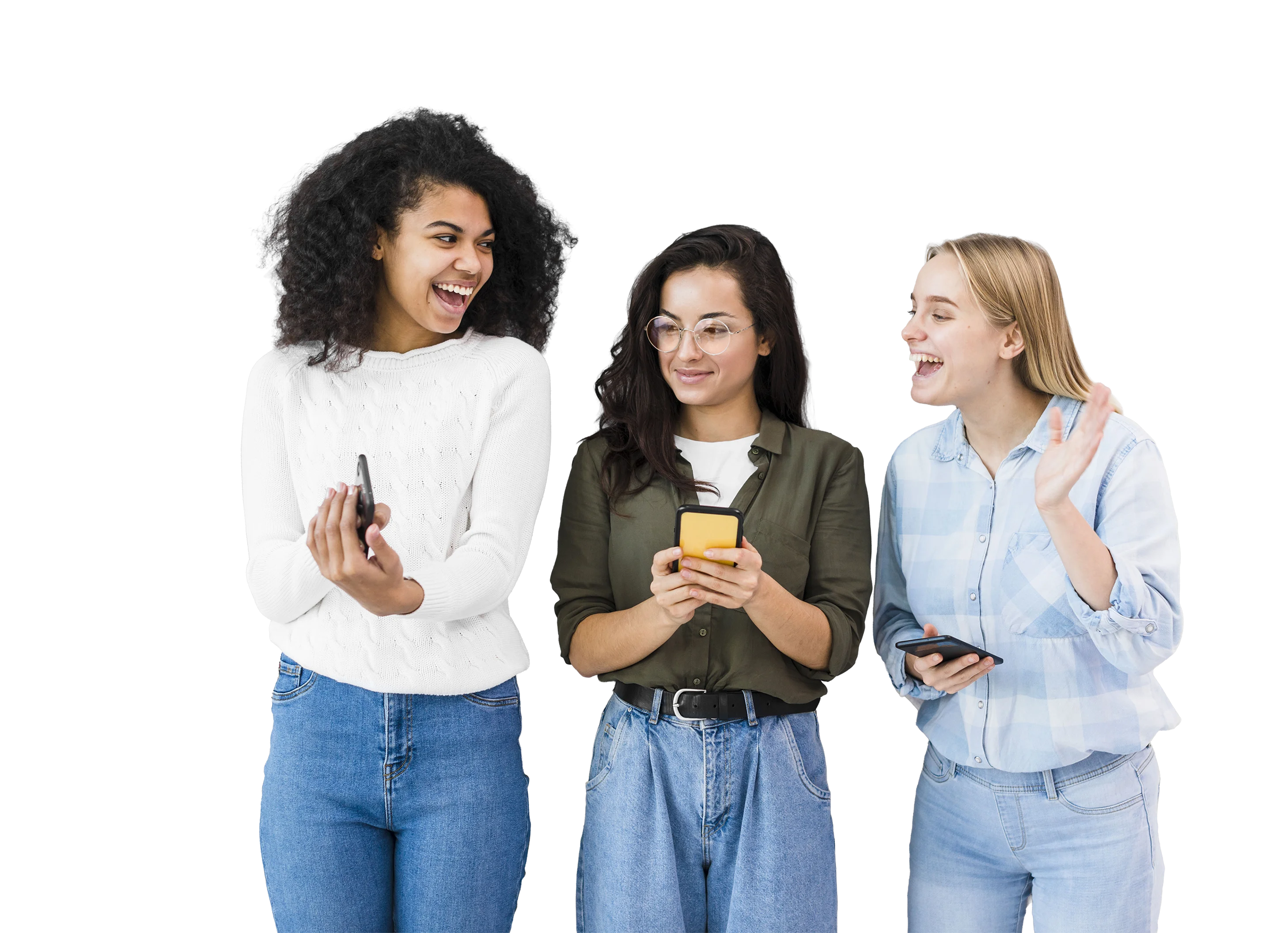Transform Your Website Performance With Technical SEO Services
Why Website Performance Optimization Creates Digital Success
Free 30min Strategy Session
In a Nutshell:
We Deliver Technical SEO That Drives Real Business Results
Why Website Performance Optimization Create Digital Success
What To Know
Don't let invisible barriers sabotage your online success. Technical SEO isn't just another marketing tactic, it's the foundation that determines whether your entire digital presence thrives or fails. Our expert technical SEO services uncover the hidden issues holding you back and transform them into competitive advantages that drive meaningful improvements. Without solid technical foundations, even the best content and backlinks can't save you.






.webp)

Your Website Is Bleeding Money While You Sleep
Your team has spent countless hours perfecting your digital presence. Yet somehow, organic traffic remains disappointing, conversions are stagnant and your competitors consistently outrank you.
The culprit? Hidden technical SEO issues that silently undermine everything else you're doing online.
Every day your technical SEO problems go unfixed, you're losing potential customers to competitors with faster, more accessible and better-structured websites. While content and backlinks get all the glory, technical SEO is the engine that powers your entire online presence. Without it, Google simply can't see, understand or properly rank your valuable content.
What makes this especially frustrating? Most business owners don't even realize they have a problem until they've wasted months of marketing budget on strategies doomed to underperform.

Website Performance Optimization Matters More Than Ever Right Now
The rules have changed. Google's algorithm has evolved dramatically, with technical factors now carrying unprecedented weight in rankings. Core Web Vitals aren't suggestions, they're requirements for competitive rankings. Mobile optimization isn't optional, it's essential when 68% of all website visits now come from mobile devices
Consider these scenarios we encounter constantly:
A product-based business with a large catalog discovered that search engines were only indexing a fraction of their offerings. Technical issues were essentially making a significant portion of their inventory invisible to potential customers.
An e-commerce client couldn't understand why their conversion rates were half of industry standards until we discovered their site speed was driving impatient mobile users away before pages even finished loading.
A B2B software company invested heavily in content marketing for a year with minimal results, not realizing their site structure was preventing authority from flowing to their most important pages.
Here's what business leaders often miss: Technical SEO isn't a one-time fix. It's an ongoing practice that must evolve alongside Google's constantly changing algorithm and your growing website. Yesterday's best practices become today's penalties with alarming speed.


Why Our Technical SEO Audit Reveals What Others Miss
We've spent 12+ years helping businesses of all sizes, from growing startups to established enterprises, transforming complex technical challenges into measurable growth. Our approach isn't about theoretical SEO ideals, it's about practical improvements that drive real results.
Technical audits from most agencies are disappointing. You receive a massive spreadsheet of issues with no clear prioritization and no context for what matters most, then you wonder why nothing improves after six months.
How Our SEO Audit Process Delivers Exceptional Results
We provide clear, actionable recommendations that make sense. No vague directives or impossible requests, just specific, prioritized fixes that target the most critical issues first. Every technical recommendation we make includes:

Priority level based on how critical the website problem is

Clear explanations of why each issue matters

Specific metrics to track for measuring success
We provide clear, actionable recommendations that make sense. No vague directives or impossible requests, just specific, prioritized fixes that target the most critical issues first. Every technical recommendation we make includes:
01
Site architecture optimization that helps search engines discover and understand your entire site
02
Core Web Vitals improvement and website performance optimization that boosts both rankings and user experience
03
Crawl budget optimization that ensures Google sees your most valuable pages
04
Site speed enhancements that reduce bounce rates and increase conversions
05
JavaScript rendering issues that might be hiding your content from search engines
06
Structured data implementation that helps Google better understand your content
07
Mobile optimization strategies that improve user experience across all devices
08
International SEO configurations that properly target global audiences



Schedule Your Free Technical SEO Consultation Today
Stop wondering if technical issues are holding your site back. The diagnostic process begins with a simple conversation.
Bring us your thorniest SEO challenge, and we'll provide actionable insights during a focused 30-minute consultation.
You'll walk away with at least one implementation-ready technical recommendation, whether you decide to work with us or not. That's a promise we've kept with numerous business leaders who've taken us up on this offer.
The next step is simple: put time on our calendar and let's see if we're a good fit to help your organization grow.

Ready to Transform Your Growth? Let's Talk
Ready to stop losing customers to competitors? Let’s skip the generic sales pitch. Bring us your thorniest SEO challenge, and we’ll provide actionable insights during a focused 30-minute consultation.
You’ll walk away with at least one implementation-ready recommendation, whether you decide to work with us or not. That’s a promise we’ve kept with countless business leaders who’ve taken us up on this offer.
The next step is simple: schedule your free 30-minute SEO strategy session and let’s see if we’re a good fit to help your organization grow.
Frequently asked questions
Technical SEO refers to website optimizations that help search engines access, crawl, interpret and index your website effectively. This includes:
- Improving site speed
- Making your site mobile-friendly
- Implementing schema markup
- Fixing broken links
- Optimizing URL structure
Site performance optimization impacts your infrastructure and technical elements, while content SEO focuses on keywords and quality. Performance issues can undermine even excellent content by making it invisible to search engines. Google's page experience signals directly influence rankings.
Critical fixes like resolving indexation issues or improving site speed can show measurable improvements within weeks. More comprehensive technical overhauls typically demonstrate significant impact within 2-3 months, depending on site size and implementation speed.
Absolutely. Even well-ranking sites often have hidden technical issues limiting their potential. RankScience regularly finds that sites ranking on page one have significant technical issues that, when fixed, help them capture even more traffic and conversions. Regular audits provide both maintenance and enhancement.
With Google's mobile-first indexing, your mobile version is now considered primary for ranking. Poor mobile performance impacts rankings across all devices and influences user experience metrics like bounce rate and time-on-site, creating a double impact on visibility and conversions.
High-performing pages need quarterly reviews to ensure information remains current. Pages with declining metrics need immediate updates. Rapidly evolving industries require more frequent refreshes to maintain relevance and Core Web Vitals are specific factors that Google considers important for user experience. They directly measure how users experience your site. Poor Core Web Vitals scores can significantly impact your rankings and conversion rates as users abandon slow or unstable sites. Research shows that improving Core Web Vitals typically results in significant engagement improvements, with Deloitte research demonstrating that even a 0.1s mobile site speed improvement leads to measurable gains in conversions and customer engagement across multiple industries.
For most businesses, RankScience recommends comprehensive performance audits quarterly, with ongoing monitoring, especially after major website changes or Google updates. Enterprise-level websites with frequent changes benefit from more frequent technical reviews.
You can address some technical SEO issues in-house if you have web development expertise. However, complex problems involving server configuration, JavaScript rendering or advanced schema implementation often require specialized knowledge. RankScience provides clear recommendations that your team can implement based on your capabilities.
Common culprits slowing your website include:
- Unoptimized images
- Excessive third-party scripts
- Poor server response times
- Render-blocking resources
- Lack of browser caching
- Unminified code
Google's PageSpeed Insights can help identify specific issues affecting your site.
AI tools can help identify technical issues and automate certain optimizations, but they work best when guided by human expertise. The most effective approach combines AI-powered diagnostics with strategic implementation by SEO professionals who understand both the technical requirements and your business goals.
.svg)
.svg)


RankScience LLC
2443 Fillmore St #380-1937,
San Francisco, CA 94115
© 2025 RankScience, All Rights Reserved
